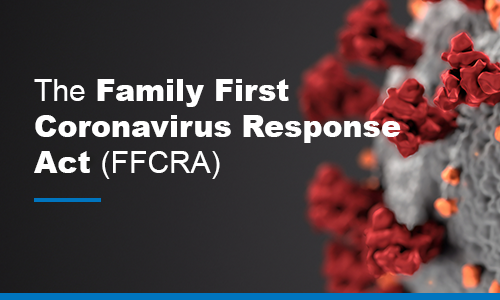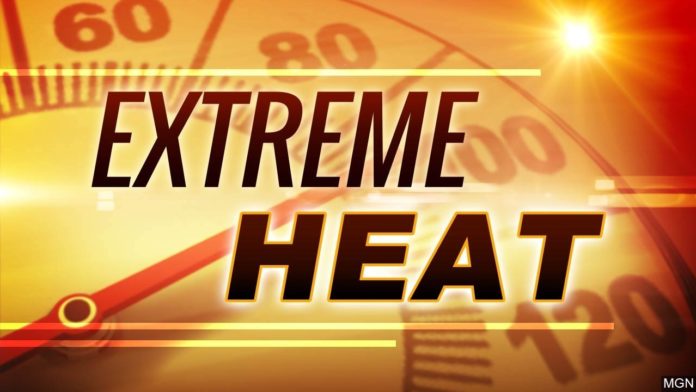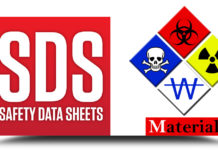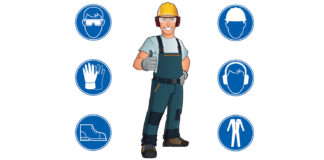Temps are rising (finally!) and the throws of summer will be here before we know it! Are you prepared?
Every one of us is susceptible to heat stress and heat illness throughout the summer. Be aware of the signs and symptoms and take action to prevent it.
Super cool App
OSHA-NIOSH has a really cool Heat Safety Tool app available in the App Store and Google Play. It is a useful resource for planning your work based on how hot it feels. It gives a real-time heat index and hourly forecasts based on your location. Check it out!

https://www.cdc.gov/niosh/topics/heatstress/heatapp.html
Heat Illness
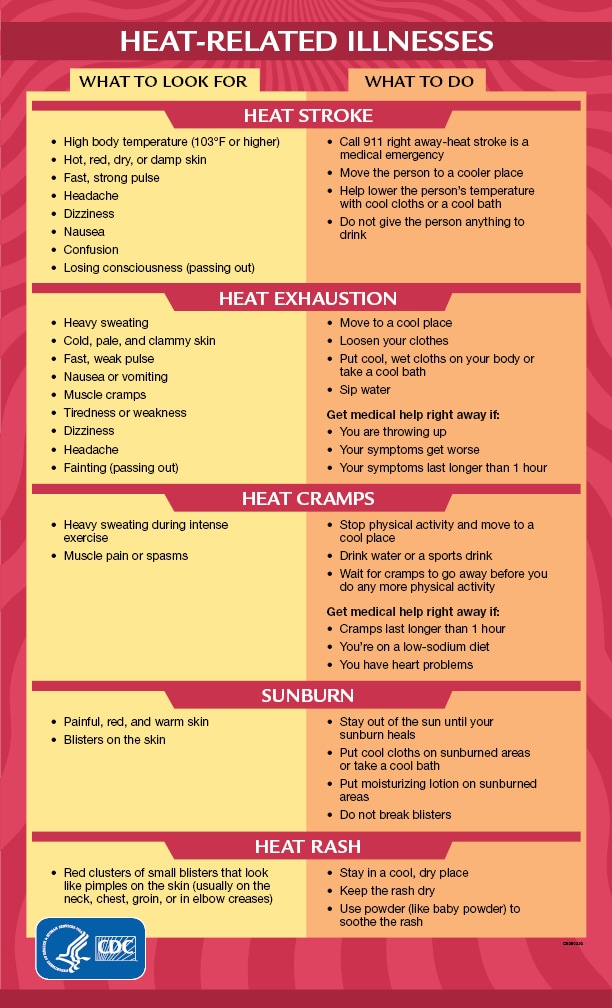
According to an OSHA Fact Sheet, there are several different heat illnesses, each varying in degree of severity.
Heat Stroke (MOST SERIOUS)
Heat stroke occurs when your body’s regulating temperature system fails and your body temp rises above 104 degrees. THIS IS A MEDICAL EMERGENCY AND YOU COULD DIE! CALL 911!
Signs of Heat Stroke:
- Confusion
- Loss of consciousness
- Seizures
- Decrease of complete stoppage of sweating
Until medical help arrives, get in a shady, cool area and remove as much clothing as possible. Wet yourself with cool water and circulate the air to speed cooling. Place ice or cold towels on yourself to help cool as well.
Heat Exhaustion (NEXT MOST SERIOUS)
If you have symptom of heat exhaustion, you may need medical attention.
Signs of Heat Exhaustion:
- Headache
- Nausea
- Dizziness
- Weakness
- Irritability
- Confusion
- Thirst
- Heavy sweating
- Body temp greater than 104 degrees
Remove yourself from the hot area and drink liquids. Use cold compresses to cool your head, neck, and face or drench yourself with water. Sip frequent sips of cold water.
Heat Cramps
Muscle pain caused by loss of body salts and fluids during sweating. Replace fluids by drinking water and/or carbohydrate-electrolyte replacement every 15-20 minutes.
Heat Rash
This is the most common problem. It’s caused by sweating and looks like a red cluster of pimples or small blisters. You may get heat rash on your neck, upper check, groin, under breasts and elbow creases.
Keep the area dry and, if possible, move to a cooler, less humid area.

Protect Yourself
- Wear light colored, breathable clothing
- Build up to the heavy work and schedule it during the coolest part of the day
- Take breaks in shade and cool areas
- Pay Attention to coworkers make sure they are ok

